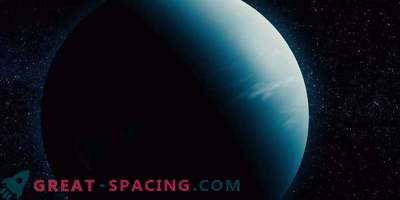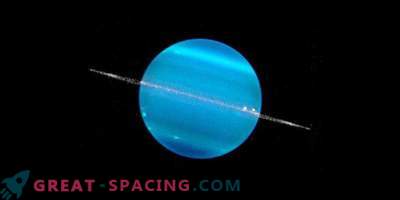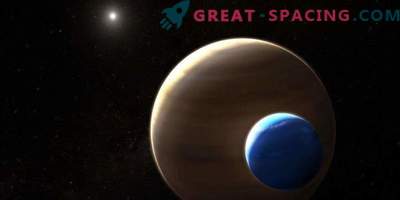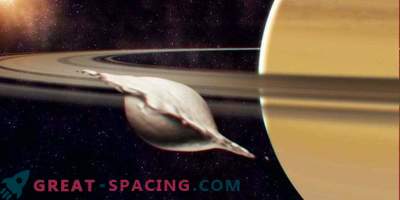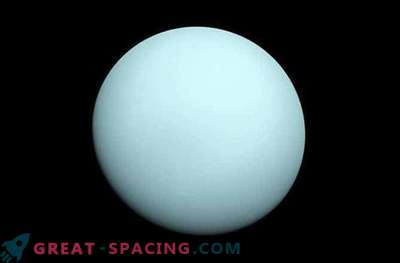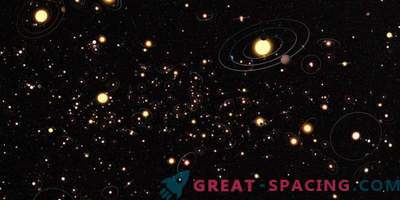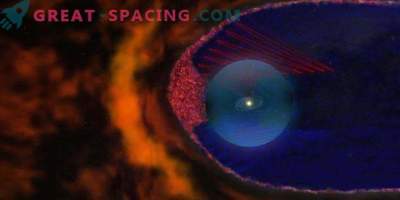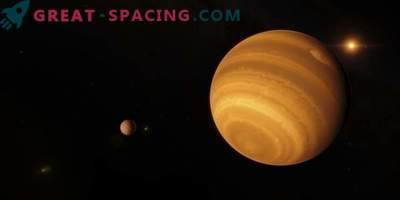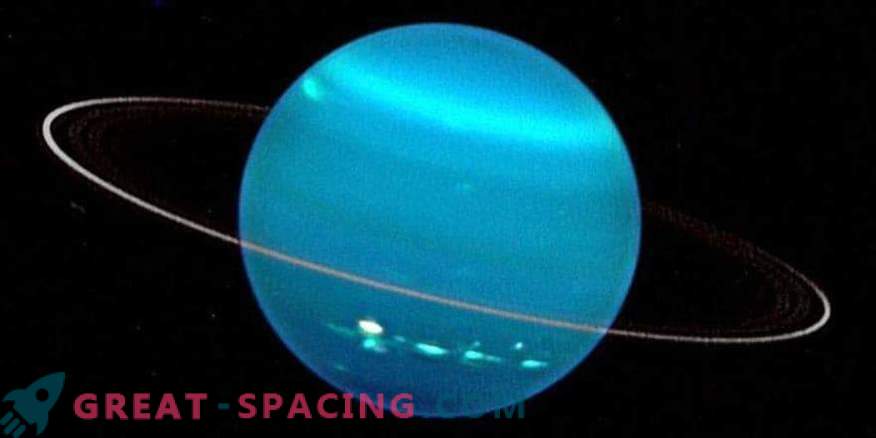
Research shows that Uranus was hit by a massive object (about twice the size of Earth) that caused the planet to lean, and could change its freezing point. Scientists from the University of Durham (UK) decided to study how Uranus “fell on its side” and what consequences it had a strong blow to the planetary evolution.
The team conducted the first high-resolution computer simulations with various massive collisions to understand how the planet was developing. The analysis confirmed the previous study, where it was reported that the inclined position of Uranus was caused by a blow with a massive object. Most likely, we are talking about a young protoplanet of stone and ice about 4 billion years ago.
The simulation also showed that debris from a collision could form a thin shell near the edge of the ice layer of the planet and retain heat emanating from the core of Uranus. Capturing this internal heat may help explain the extremely frosty temperature of Uranus in the outer atmosphere (-216 ° C).
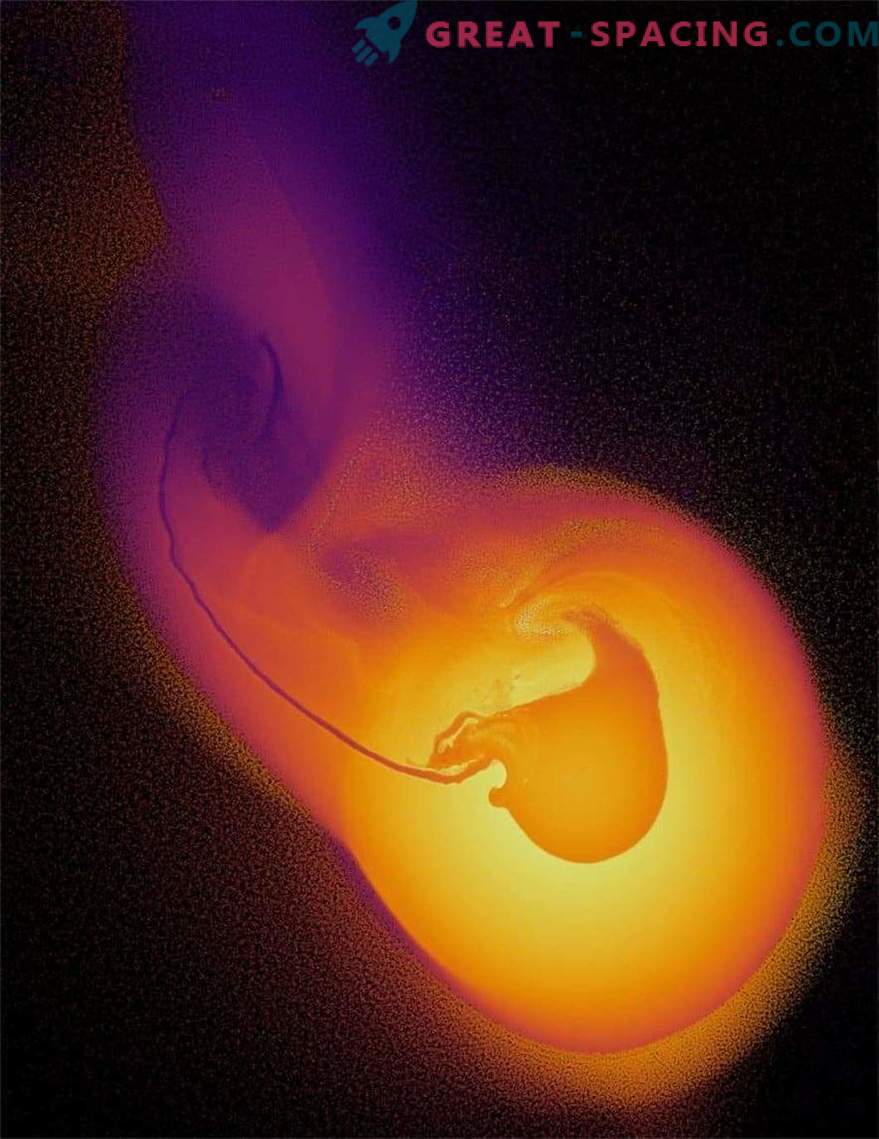
The collision of Uranus with a massive object (twice the size of the Earth) caused an unusual rotation of the planet
Uranus rotates almost on its side, and its axis is directed almost at a right angle. Scientists conducted more than 50 different influence scenarios using a powerful supercomputer to recreate the conditions of planetary evolution. The results confirm the catastrophic collision. The question also arose: how did Uranus retain the atmosphere, if the bounce had to push it into space? Everything is explained by the striking object. The collision was strong enough to change the slope of Uranus, but the planet could retain most of its atmosphere.
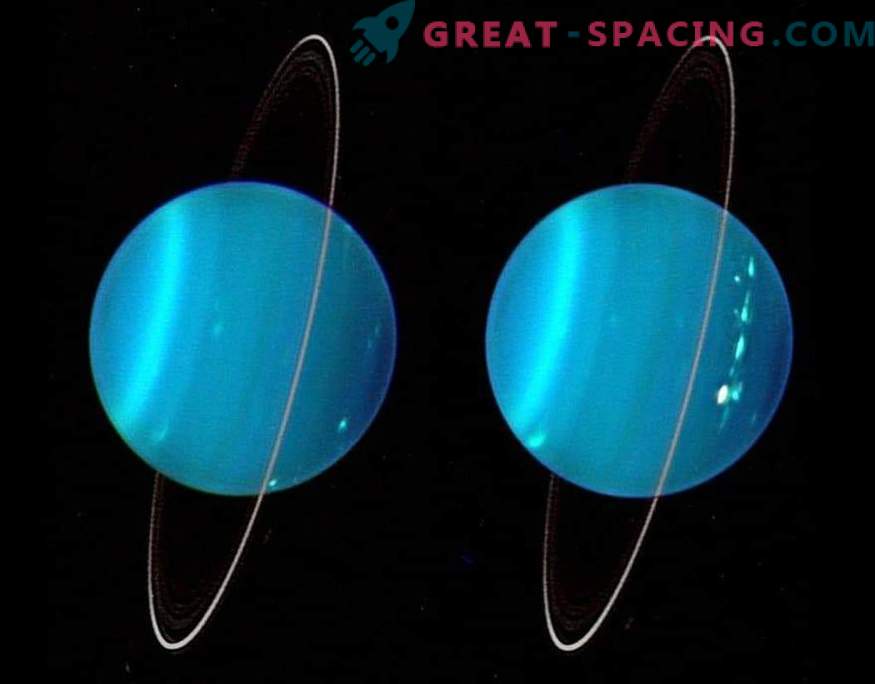
Infrared image of 2004 of the two hemispheres of Uranus, obtained by the adaptive optics of the Keck telescope
The study could also help explain the formation of rings and satellites of Uranus using simulations suggesting that a blow is capable of pushing rock and ice into orbit around the planet. Then the material merges and forms internal moons that can affect the rotation of already existing satellites.
The simulation indicates that the impact could create molten ice and one-sided pieces of rock inside the planet, which explains the inclined and off-center magnetic field of Uranus. The planet is similar to the most common type of exoplanets. Therefore, its study will help to understand how these objects evolved and how the chemical composition is represented.
